Tacita Dean
09 Jul 2022 - 26 Feb 2023
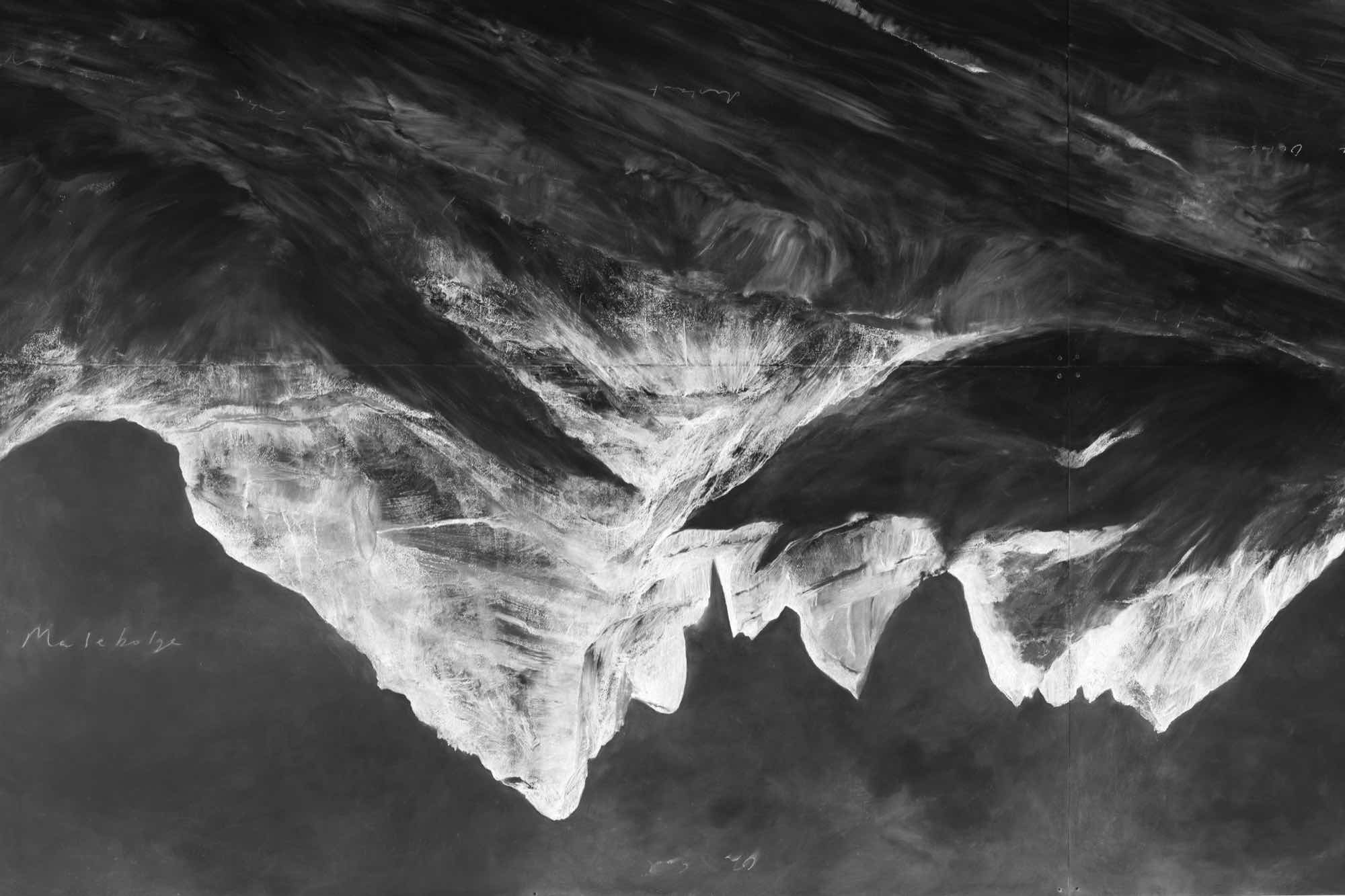
Tacita Dean
Inferno, 2019 (detail)
Chalk on blackboard
244 x 1220 cm
Emanuel Hoffmann Foundation
Long-term loan to the Öffentliche Kunstsammlung Basel
Photo: Fredrik Nilsen Studio
Inferno, 2019 (detail)
Chalk on blackboard
244 x 1220 cm
Emanuel Hoffmann Foundation
Long-term loan to the Öffentliche Kunstsammlung Basel
Photo: Fredrik Nilsen Studio
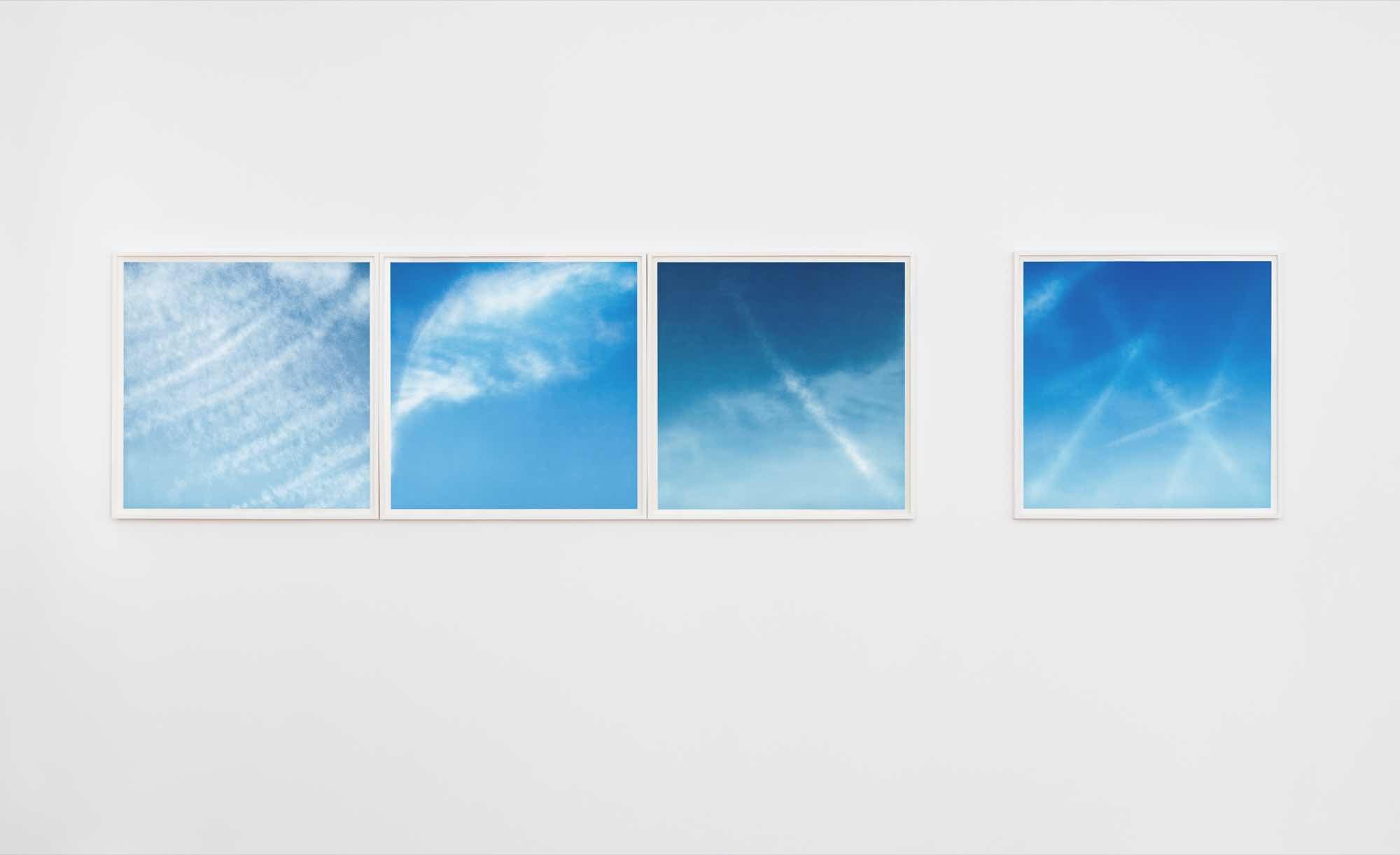
Tacita Dean
LA Exuberance, 2016
15 hand-drawn 3-colour blend lithographs.
Exhibition view, Gemini G.E.L., Los Angeles
Courtesy of the artist and Gemini G.E.L LCC, Los Angeles
LA Exuberance, 2016
15 hand-drawn 3-colour blend lithographs.
Exhibition view, Gemini G.E.L., Los Angeles
Courtesy of the artist and Gemini G.E.L LCC, Los Angeles

Tacita Dean
LA Magic Hour, 2021
15 hand-drawn, multi-colour blend lithographs
Exhibition view, Gemini G.E.L., Los Angeles
Courtesy of the artist and Gemini G.E.L LCC, Los Angeles
LA Magic Hour, 2021
15 hand-drawn, multi-colour blend lithographs
Exhibition view, Gemini G.E.L., Los Angeles
Courtesy of the artist and Gemini G.E.L LCC, Los Angeles
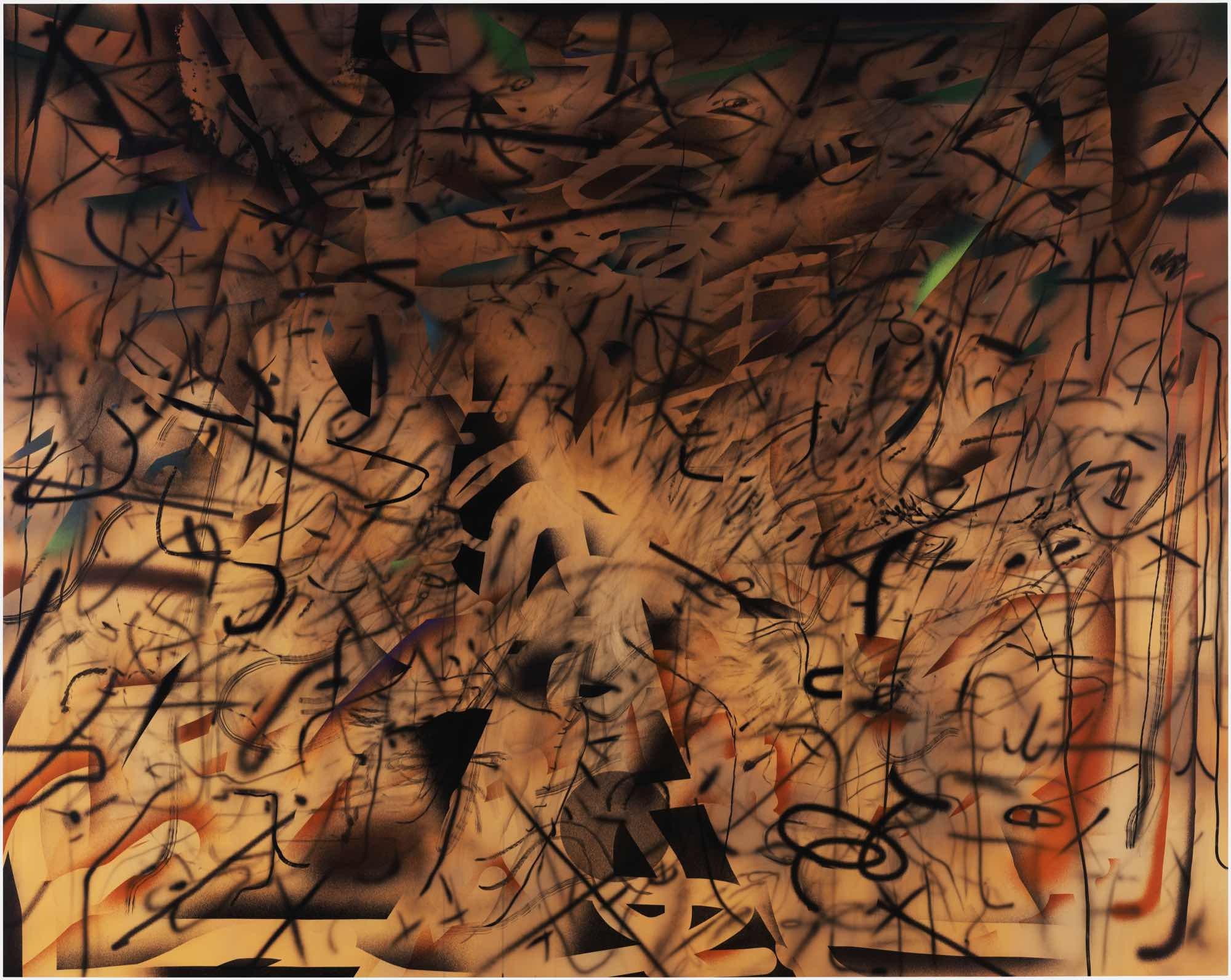
Julie Mehretu,
Hineni (E.3:4), 2018
Ink and acrylic on canvas
243.8 x 304.8 cm
Centre Pompidou Paris – Musée national d’art moderne / Centre de création industrielle
Donation George Economou Collection, 2019
Photo: Tom Powel Imaging
Hineni (E.3:4), 2018
Ink and acrylic on canvas
243.8 x 304.8 cm
Centre Pompidou Paris – Musée national d’art moderne / Centre de création industrielle
Donation George Economou Collection, 2019
Photo: Tom Powel Imaging
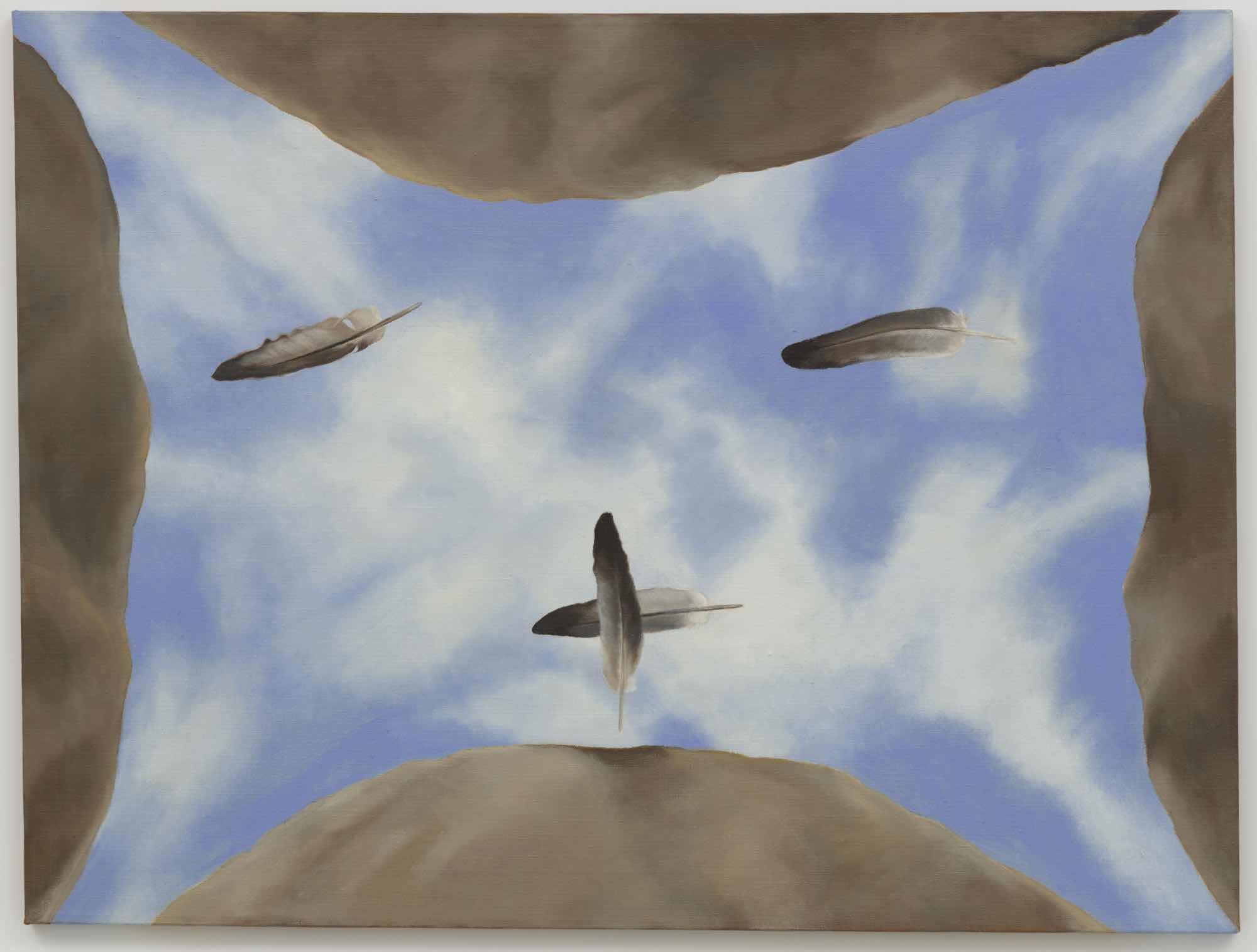
Luchita Hurtado
Mascara, 1975
Oil on canvas
68.6 x 91.4 cm
© The Estate of Luchita Hurtado. Courtesy the Estate of Luchita Hurtado and Hauser & Wirth
Photo: Jeff McLane
Mascara, 1975
Oil on canvas
68.6 x 91.4 cm
© The Estate of Luchita Hurtado. Courtesy the Estate of Luchita Hurtado and Hauser & Wirth
Photo: Jeff McLane

Tacita Dean
Buon Fresco, 2014
16mm colour film, silent, 33 minutes, continuous loop
Film still
Courtesy the artist; Frith Street Gallery, London and Marian Goodman Gallery, New York/Paris
Buon Fresco, 2014
16mm colour film, silent, 33 minutes, continuous loop
Film still
Courtesy the artist; Frith Street Gallery, London and Marian Goodman Gallery, New York/Paris
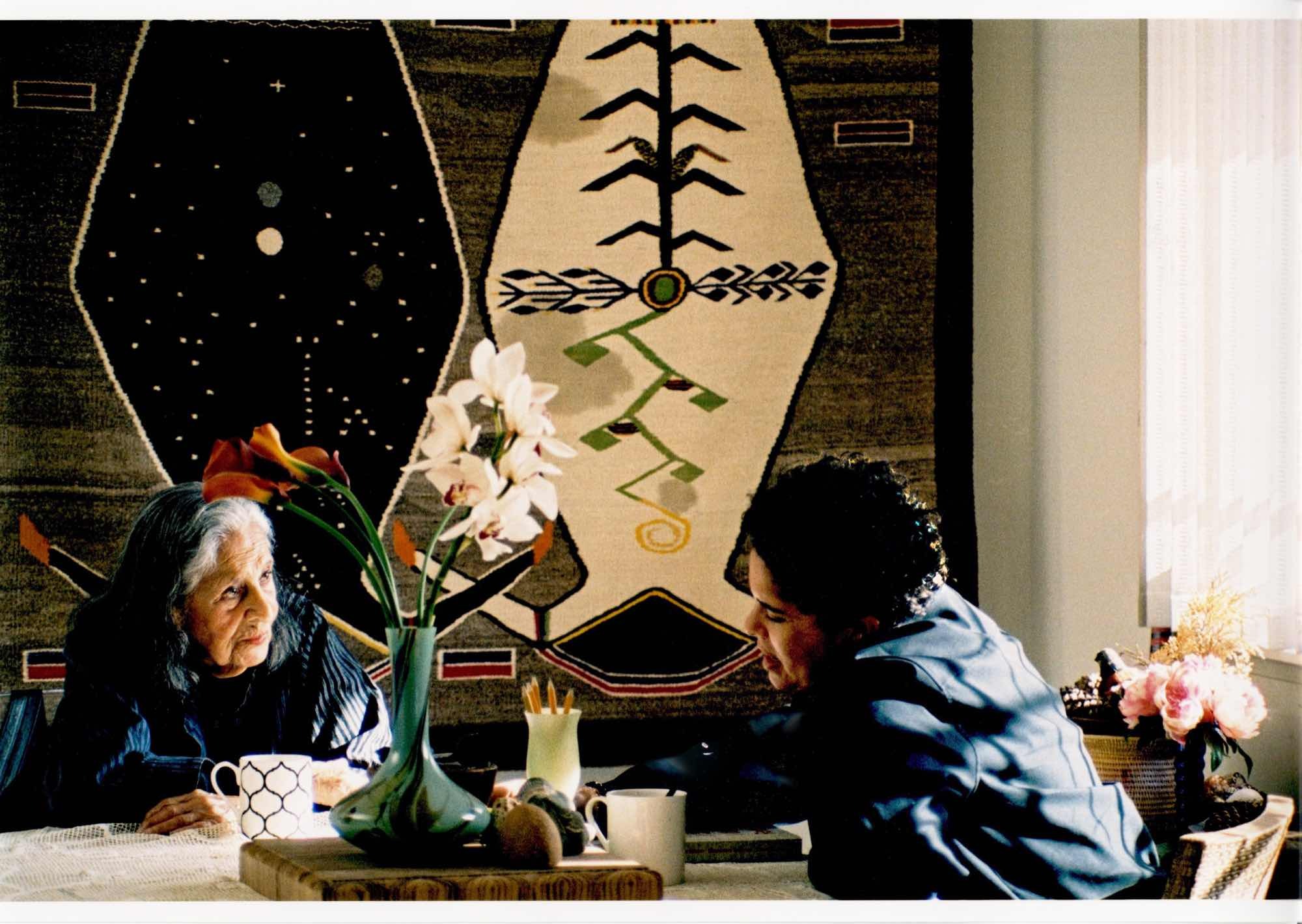
Tacita Dean
One Hundred and Fifty Years of Painting, 2021
16mm colour film, optical sound, 50 ½ mins, continuous loop
Courtesy the artist, Frith Street Gallery, London and Marian Goodman Gallery, New York/Paris
Location photograph: Mathew Hale
One Hundred and Fifty Years of Painting, 2021
16mm colour film, optical sound, 50 ½ mins, continuous loop
Courtesy the artist, Frith Street Gallery, London and Marian Goodman Gallery, New York/Paris
Location photograph: Mathew Hale
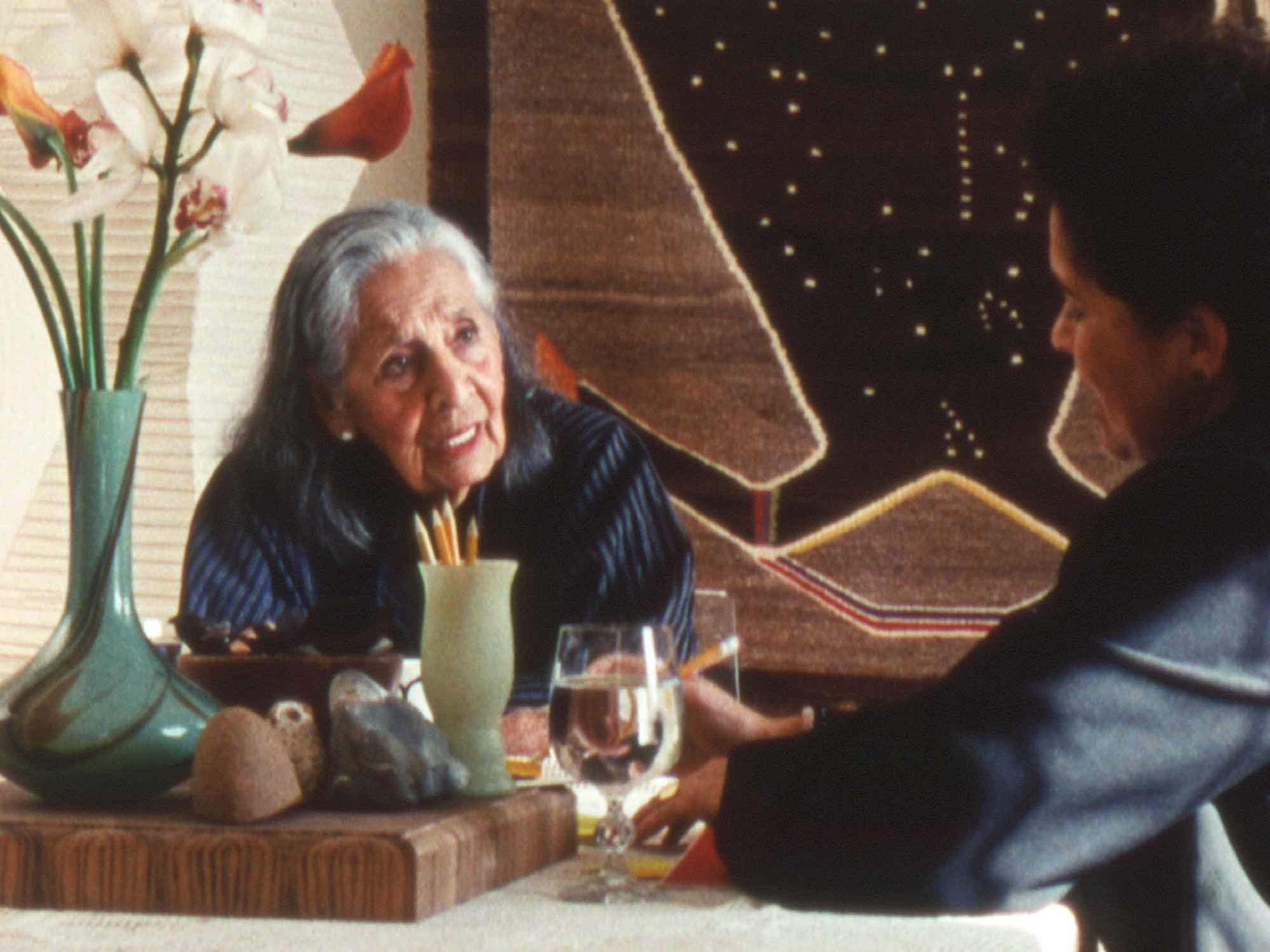
Tacita Dean
One Hundred and Fifty Years of Painting, 2021
16mm colour film, optical sound, 50 ½ mins, continuous loop
Courtesy the artist, Frith Street Gallery, London and Marian Goodman Gallery, New York/Paris
Film Still
One Hundred and Fifty Years of Painting, 2021
16mm colour film, optical sound, 50 ½ mins, continuous loop
Courtesy the artist, Frith Street Gallery, London and Marian Goodman Gallery, New York/Paris
Film Still

Tacita Dean
One Hundred and Fifty Years of Painting, 2021
16mm colour film, optical sound, 501⁄2 minutes, continuous loop
Film still
Courtesy the artist; Frith Street Gallery, London and Marian Goodman Gallery, New York/Paris
One Hundred and Fifty Years of Painting, 2021
16mm colour film, optical sound, 501⁄2 minutes, continuous loop
Film still
Courtesy the artist; Frith Street Gallery, London and Marian Goodman Gallery, New York/Paris
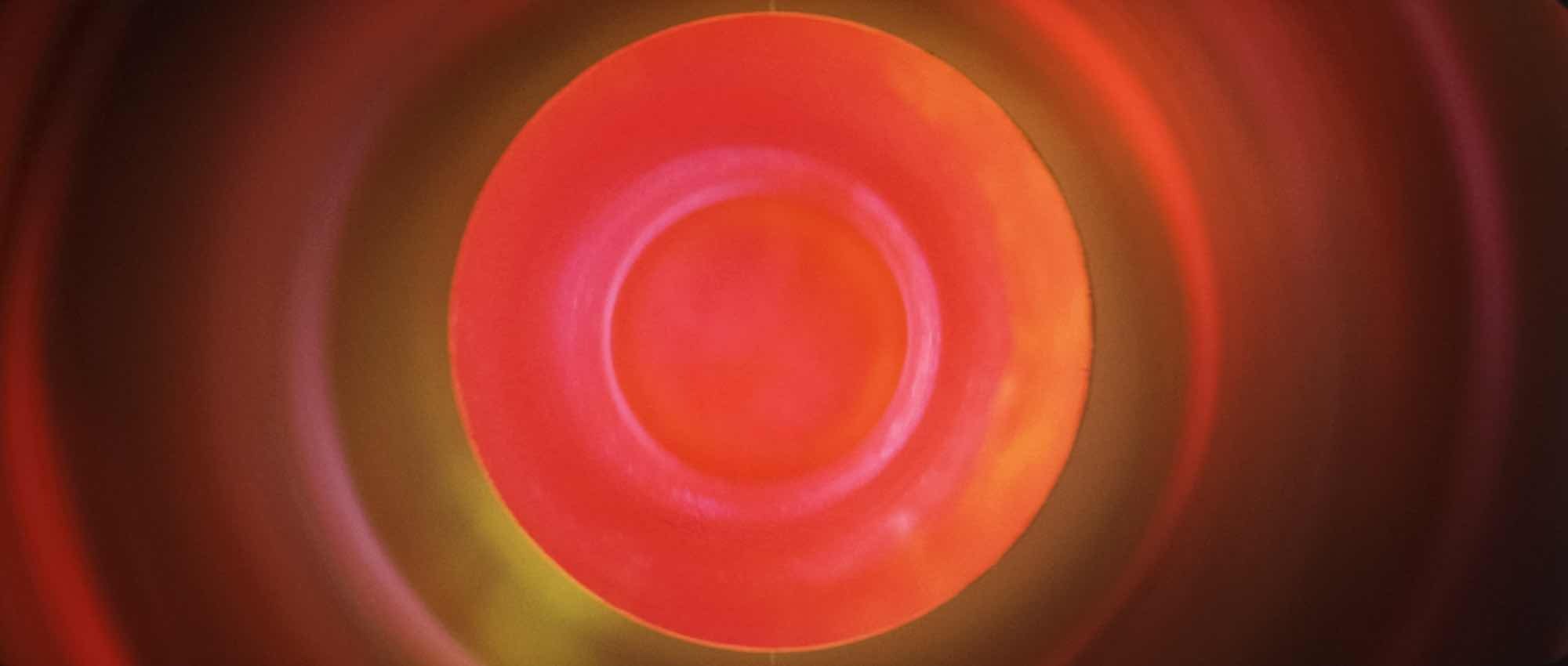
Tacita Dean
Paradise, 2022
With music: Paradiso by Thomas Adès
35mm colour anamorphic film, 24 min 30 sec
Courtesy the artist, Frith Street Gallery, London and Marian Goodman Gallery, New York / Paris
Film still
Paradise, 2022
With music: Paradiso by Thomas Adès
35mm colour anamorphic film, 24 min 30 sec
Courtesy the artist, Frith Street Gallery, London and Marian Goodman Gallery, New York / Paris
Film still
This solo exhibition devoted to the work of acclaimed artist Tacita Dean, which is presented across the two galleries on the upper floor of the museum, is formed around two recent projects: a trilogy of works designed for The Dante Project (2021), a ballet inspired by The Divine Comedy, and One Hundred and Fifty Years of Painting (2021), a 16mm filmed conversation between the artists Luchita Hurtado and Julie Mehretu.
Since the early 1990s, Tacita Dean (b. 1965, Canterbury) has developed a singular body of work using multiple mediums, like film, photography and sound; drawing, printmaking and collage. Encompassing a diverse array of subjects, her work is characterised by a careful observation of time, a keen attention to history and a love of the fine details in life. Dean also welcomes chance as one of her guiding principles. A great believer in the non-deliberate act, Dean sometimes allows contingency, circumstance and accident to dictate the final outcome of a work. Since 2011, the artist’s work has also had to deal with digital imaging eclipsing photochemical film and photography, a topic she has written and spoken about at length, describing an exponential accumulation of images: ‘A world that does not forget is a world that is drowning in its inability to forget.’
East Gallery
The East Gallery brings together the original artworks used in the stage sets for the ballet The Dante Project, which premiered at the Royal Opera House in London in October 2021. Dean designed the sets and costumes for a ballet choreographed by Wayne McGregor (b. 1970, Stockport) with an original score by the composer Thomas Adès (b. 1971, London). The Dante Project is based on Dante Alighieri’s (b. 1265, Florence – d. 1321, Ravenna) The Divine Comedy and staged in three parts, representing Dante’s journey through the realms of the dead – Inferno, Purgatorio and Paradiso.
Using a distinct medium for each act – drawing, photography and film – Dean’s set designs moves from negative to positive, monochrome to colour and from representation to abstraction, plotting Dante’s passage through the underworld. Inferno (2019) is the largest blackboard drawing Dean has made to date and depicts an inverted frozen mountain landscape in negative.
Taking inspiration from the cold environment described by Dante, Dean conceived a versatile netherworld where the souls dance beneath a low ceiling. Above them, a small mirrored ellipse righted the inverted mountains revealing a glimmer of the normal world, unattainable to the damned.
Purgatory (Threshold) (2020) is a large-scale photograph pinned to the wall, laboriously overlaid with white pencil. Just as Dante’s Purgatorio is an intermediary state, Dean explored the idea of making an image somewhere between negative and positive.
Photographed using an 8 x 10 analogue camera, Jacaranda trees – with foliage that turns completely purple in the spring – are depicted in prints that reverse the negative to a positive, turning the distinctive violet flowers into an other-worldly green. The white pencil veiling the surrounding urban landscape accentuates the strangeness of the image.
In the centre of the gallery is a pavilion housing the 35mm film Paradise (2021), the final work of the trilogy. It is the first time that Paradise is being shown as an artwork outside of its staging in the ballet. The soundtrack is a digital simulation of Thomas Adès’s orchestrated score Paradiso. Known technically as a MIDI, the computer simulation became an invaluable tool while the orchestra were unable to record the music during the Covid-19 lockdowns. Paradise was filmed in the extended format Cinemascope and is entirely abstract, drawing on the circular and planetary motifs present in Dante’s Paradiso. The film’s rich colours were taken from the palette of William Blake (b. 1757 – d. 1827, London) and can also be seen in the ten hand-printed silkscreen prints representing the planetary states in the corridor.
Other works associated with The Dante Project are also exhibited, including two artworks from the Purgatory series entitled Purgatory (Mounts I & II) (2021) and an eight-part photogravure entitled Inferno (2021), made from a panorama of vintage photographs showing mountains with collages and notations to depict Dante and Virgil’s journey. A small chalk drawing, Expulsion (2019), after Masaccio’s (b. 1401, San Giovanni Altura – d. 1428, Rome) fresco in the Brancacci Chapel in Florence, depicts Adam and Eve’s expulsion from Eden. Commissioned by the Süddeutsche Zeitung Magazin, the drawing was made in response to Britain’s exit from the European Union.
West Gallery and Small West Gallery
The second half of the exhibition is formed around Tacita Dean’s 16mm film One Hundred and Fifty Years of Painting (2021) shown in a specially designed pavilion that also includes two paintings by the artists featured in the film: Luchita Hurtado (b. 1920, Caracas – d. 2020, Santa Monica) and Julie Mehretu (b. 1970, Addis Ababa). The film is a conversation between the two women and came about because of their friendship with Dean. Realising that both painters shared a birthday – November 28 – and that Luchita would be turning one hundred in 2020 on the same day that Julie would be turning fifty, Dean filmed them chatting together in Luchita Hurtado’s apartment in Santa Monica on 3 January 2020. The title is deliberately hyperbolic and belies an intimate situation where both women talk freely about life and death, about being immigrants in the US, about motherhood, climate change and of course, about painting. The two paintings presented here, Hurtado’s ‘Sky Skin’ painting Mascara (1975) and Mehretu’s Hineni (E.3:4) (2018), are discussed in the film.
Dean’s lithograph series made with master printers Gemini G.E.L. in Los Angeles, LA Exuberance (2016) and LA Magic Hour (2021), hang on the walls surrounding the pavilion. Made without photography from drawings, the prints exemplify Dean’s delight at the Los Angeles sky upon her arrival from Europe. Alongside these are six small recent slate drawings taking the Los Angeles sky as their theme.
Showing in the Small West Gallery is Buon Fresco (2014), a film of Giotto’s (b. 1266, Vespignano – d. 1337, Florence) frescoes in the Upper Basilica of St Francis of Assisi in Italy. Filmed with a macro lens at close quarters, the eye of the camera gives the viewer a privileged view of Giotto’s frescoes, highlighting the exquisite detail and the artist’s painterly craft.
Curated by Suzanne Cotter and Christophe Gallois, assisted by Clémentine Proby
Since the early 1990s, Tacita Dean (b. 1965, Canterbury) has developed a singular body of work using multiple mediums, like film, photography and sound; drawing, printmaking and collage. Encompassing a diverse array of subjects, her work is characterised by a careful observation of time, a keen attention to history and a love of the fine details in life. Dean also welcomes chance as one of her guiding principles. A great believer in the non-deliberate act, Dean sometimes allows contingency, circumstance and accident to dictate the final outcome of a work. Since 2011, the artist’s work has also had to deal with digital imaging eclipsing photochemical film and photography, a topic she has written and spoken about at length, describing an exponential accumulation of images: ‘A world that does not forget is a world that is drowning in its inability to forget.’
East Gallery
The East Gallery brings together the original artworks used in the stage sets for the ballet The Dante Project, which premiered at the Royal Opera House in London in October 2021. Dean designed the sets and costumes for a ballet choreographed by Wayne McGregor (b. 1970, Stockport) with an original score by the composer Thomas Adès (b. 1971, London). The Dante Project is based on Dante Alighieri’s (b. 1265, Florence – d. 1321, Ravenna) The Divine Comedy and staged in three parts, representing Dante’s journey through the realms of the dead – Inferno, Purgatorio and Paradiso.
Using a distinct medium for each act – drawing, photography and film – Dean’s set designs moves from negative to positive, monochrome to colour and from representation to abstraction, plotting Dante’s passage through the underworld. Inferno (2019) is the largest blackboard drawing Dean has made to date and depicts an inverted frozen mountain landscape in negative.
Taking inspiration from the cold environment described by Dante, Dean conceived a versatile netherworld where the souls dance beneath a low ceiling. Above them, a small mirrored ellipse righted the inverted mountains revealing a glimmer of the normal world, unattainable to the damned.
Purgatory (Threshold) (2020) is a large-scale photograph pinned to the wall, laboriously overlaid with white pencil. Just as Dante’s Purgatorio is an intermediary state, Dean explored the idea of making an image somewhere between negative and positive.
Photographed using an 8 x 10 analogue camera, Jacaranda trees – with foliage that turns completely purple in the spring – are depicted in prints that reverse the negative to a positive, turning the distinctive violet flowers into an other-worldly green. The white pencil veiling the surrounding urban landscape accentuates the strangeness of the image.
In the centre of the gallery is a pavilion housing the 35mm film Paradise (2021), the final work of the trilogy. It is the first time that Paradise is being shown as an artwork outside of its staging in the ballet. The soundtrack is a digital simulation of Thomas Adès’s orchestrated score Paradiso. Known technically as a MIDI, the computer simulation became an invaluable tool while the orchestra were unable to record the music during the Covid-19 lockdowns. Paradise was filmed in the extended format Cinemascope and is entirely abstract, drawing on the circular and planetary motifs present in Dante’s Paradiso. The film’s rich colours were taken from the palette of William Blake (b. 1757 – d. 1827, London) and can also be seen in the ten hand-printed silkscreen prints representing the planetary states in the corridor.
Other works associated with The Dante Project are also exhibited, including two artworks from the Purgatory series entitled Purgatory (Mounts I & II) (2021) and an eight-part photogravure entitled Inferno (2021), made from a panorama of vintage photographs showing mountains with collages and notations to depict Dante and Virgil’s journey. A small chalk drawing, Expulsion (2019), after Masaccio’s (b. 1401, San Giovanni Altura – d. 1428, Rome) fresco in the Brancacci Chapel in Florence, depicts Adam and Eve’s expulsion from Eden. Commissioned by the Süddeutsche Zeitung Magazin, the drawing was made in response to Britain’s exit from the European Union.
West Gallery and Small West Gallery
The second half of the exhibition is formed around Tacita Dean’s 16mm film One Hundred and Fifty Years of Painting (2021) shown in a specially designed pavilion that also includes two paintings by the artists featured in the film: Luchita Hurtado (b. 1920, Caracas – d. 2020, Santa Monica) and Julie Mehretu (b. 1970, Addis Ababa). The film is a conversation between the two women and came about because of their friendship with Dean. Realising that both painters shared a birthday – November 28 – and that Luchita would be turning one hundred in 2020 on the same day that Julie would be turning fifty, Dean filmed them chatting together in Luchita Hurtado’s apartment in Santa Monica on 3 January 2020. The title is deliberately hyperbolic and belies an intimate situation where both women talk freely about life and death, about being immigrants in the US, about motherhood, climate change and of course, about painting. The two paintings presented here, Hurtado’s ‘Sky Skin’ painting Mascara (1975) and Mehretu’s Hineni (E.3:4) (2018), are discussed in the film.
Dean’s lithograph series made with master printers Gemini G.E.L. in Los Angeles, LA Exuberance (2016) and LA Magic Hour (2021), hang on the walls surrounding the pavilion. Made without photography from drawings, the prints exemplify Dean’s delight at the Los Angeles sky upon her arrival from Europe. Alongside these are six small recent slate drawings taking the Los Angeles sky as their theme.
Showing in the Small West Gallery is Buon Fresco (2014), a film of Giotto’s (b. 1266, Vespignano – d. 1337, Florence) frescoes in the Upper Basilica of St Francis of Assisi in Italy. Filmed with a macro lens at close quarters, the eye of the camera gives the viewer a privileged view of Giotto’s frescoes, highlighting the exquisite detail and the artist’s painterly craft.
Curated by Suzanne Cotter and Christophe Gallois, assisted by Clémentine Proby
